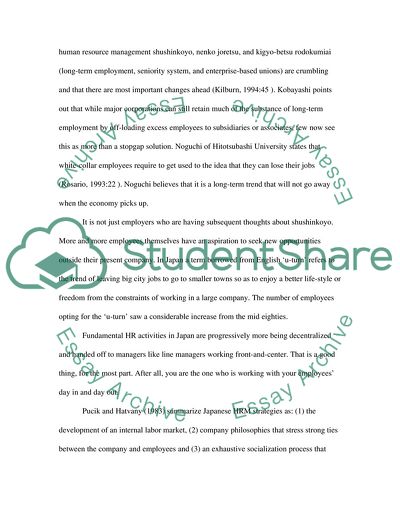Cite this document
(Human Resource Management as the Fastest Growing Department Research Paper, n.d.)
Human Resource Management as the Fastest Growing Department Research Paper. https://studentshare.org/human-resources/1703866-hrm
Human Resource Management as the Fastest Growing Department Research Paper. https://studentshare.org/human-resources/1703866-hrm
(Human Resource Management As the Fastest Growing Department Research Paper)
Human Resource Management As the Fastest Growing Department Research Paper. https://studentshare.org/human-resources/1703866-hrm.
Human Resource Management As the Fastest Growing Department Research Paper. https://studentshare.org/human-resources/1703866-hrm.
“Human Resource Management As the Fastest Growing Department Research Paper”. https://studentshare.org/human-resources/1703866-hrm.


